There is no question that the past year has had a significant and lasting impact on the construction industry. From industry shutdowns to increased personal protective equipment use, the construction sector has witnessed and continues to witness, a drastic change in how business is conducted. There also currently appears to be a short-term view throughout the industry of how to survive in a pandemic world. In part, this is necessary to help overcome the effects of COVID-19, but this should not be all-encompassing. Incorporating a long-term vision that addresses the ‘new normal’ can be a potential differentiator and leverage point for construction companies when the turbulence of COVID-19 subsides.
One aspect of a long-term vision is a repositioned focus on customer service. After all, the construction industry is a part of the service sector. We are no different from hospitality or restaurant organizations in that we provide a specialized service, at an agreed-upon price, for customers who freely choose to pay for that service. What can we learn from how the hospitality and restaurant sectors adapted to COVID-19 and apply that to the construction industry? From my research, I offer three areas to explore.
Maintain & Build Relationships
As the real estate adage notes “Location, Location, Location,” the construction adage suggests “Relationships, Relationships, Relationships.” Just because we can no longer physically be in large gatherings or meetings together does not mean that maintaining and building relationships is on hold. On the contrary, now is the time to increase communication efforts with existing clients and foster relationships with new customers. However, this is easier said than done. A few suggestions and tips:
- Virtual coffee chat/catch-up with a client
- Virtual lunch and learn opportunities for company to company interaction
- Host a virtual open house where prospective or newer clients can learn more about your company and how your company is adapting to current challenges
- Host a virtual roundtable or forum to help promote collaboration in your construction sector – invite clients to be a part of this
There are undoubtedly more ways to engage current and new clients, but the point is to get creative and use this time to reinforce the strength of your relationships.
Front of House vs. Back of House
While in-person dining has been both suspended and significantly limited, many restaurants shifted their focus. The front of house aspects of their business no longer provided the customer service interface it once serviced; this shift to the back of house since the kitchen was the only remaining functional space. Likewise, many front of house aspects of construction (business development and marketing departments, for example) have significantly impacted due to stay-at-home and remote working orders. However, shifting this focus to the back of house, the on-site personnel and staff, to help take more of a customer service role is vital.
Currently, this area is having much more customer interaction and interface; as such, resources and support should be channeled to this area to have the greatest customer impact. Here are some helpful hints:
- Incorporate customer service basics (proper communication, interaction, conduct) into toolbox talks
- Look for ways to help your current clients (ongoing projects) adapt to COVID-10. On-site personnel tend to be more keenly aware of clients’ needs. These may include:
- Scheduling resources, cleaning services, building temporary protection, furniture layout modifications, signage manufacturing, and installation, interface with facilities departments
- In house cross-training in business development and marketing, to increase relevance and impact on-site personnel
Leverage Digital Technology Effectively
Yes, technology is abundant today and I am sure we are all tired of utilizing Zoom and Microsoft Teams meetings, unmuting ourselves when trying to talk, and playing around with the wide array of virtual backdrops because we are trying to work out of our dining rooms. While technology has made remote work much more feasible, the proper use of digital technology is paramount. Organizations that can find a way to embrace digital technology into their working routines to support daily activities, not hinder or complicate those activities, have a great advantage.
Perhaps essential meetings that originally required people to co-locate, be away from the job site, and incure travel time, can be permanently shifted to a virtual platform. Perhaps when working with the design team through Requests for Information (RFIs) or changes, a live, virtual walkthrough of the issue, taking place at the area in question on the job site can help bring quicker resolution. Perhaps app-based or digital health screenings continue on job sites to help maintain a healthy and safe workplace.
Critical path method schedules were once considered by constructors as a time-draining, complex hindrance, however revolutionary and influential they were to the industry. Yet, those who embraced this technology to help effectively manage their projects (and thus offer a better service experience for their clients) soon found themselves with a massive advantage over the competition. Now, critical path method schedules are almost universally required for construction projects. Use this time to embrace current technology practices to develop a differentiator for your company.
A return to normalcy is not going to happen; COVID-19 has affected the construction industry with lasting impacts. We were forced into the current situation rather quickly and had to adapt on the fly. However, we can learn a great deal from this experience, and consider the customer service aspects of our business for areas to improve. Clearly, the three above areas just scratch the surface of this expansive topic. Yet, not losing sight of the long-term customer impacts of today is essential for not only sustaining construction through this turbulent time, but also growing.
This article was originally featured in The Source.

John Posillico
Project Management Professional
John has spent more than a decade in the construction industry managing a range of healthcare, academic, and heritage projects throughout the United States and Canada. Mr. Posicllico has also lectured at numerous Construction Management programs in the Midwest and Eastern Canada.



